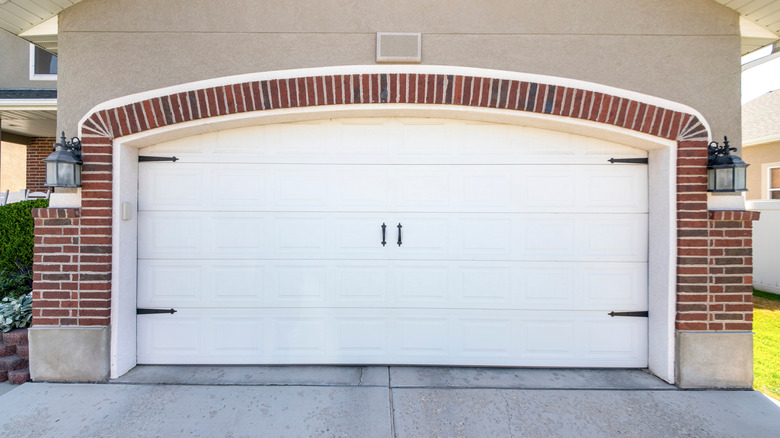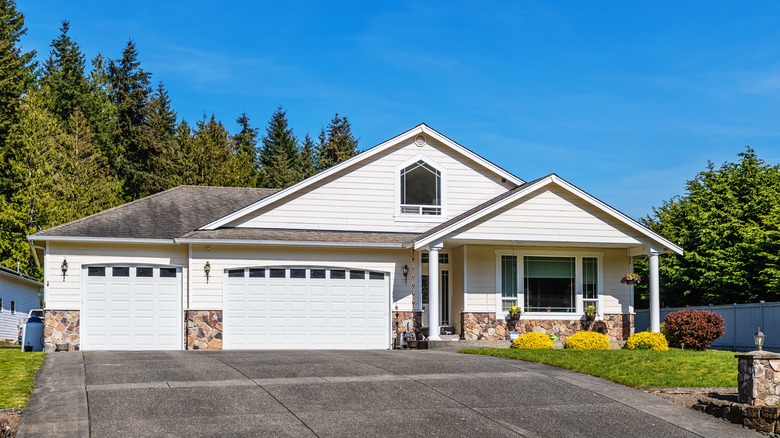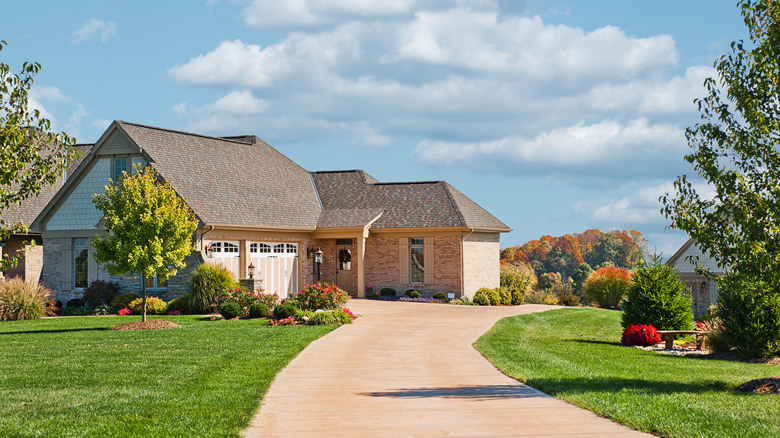Side Entry Vs. Front Entry Garage: Which Is Right For Your Home?
Garages are an important element of a home's visual profile and often play a significant role in our daily lives. In the 20th century, many houses were equipped with an attached or unattached garage that had traditional front-facing access. However, in recent decades, side-access garages have become a more popular and emerging trend. Each garage entry style has its own advantages and disadvantages, including traffic flow, ease of access, and aesthetics.
Determining whether a side entry or front-facing garage is the right choice for your home depends on several factors, including the style of your home, the size of your lot, and space needs. How you use your garage may also be a factor, such as whether it's primarily a place for storage or contains living spaces like workrooms, laundry set-ups, or home gyms. There are also other elements to consider that can help you make the best decision for your home and lifestyle.
Front entry garages
For a long time, front-facing garages – either attached to the home or freestanding – were the norm in construction. This was particularly true in the mid-20th century when the single-car garage was a standard edition to most mid-century homes. As two-car households grew, the need for larger garages made the footprint of the garage increase, often expanding the garage from the front of the home toward the street in an L-shape that created a larger space. It also increased the amount of space for storage, workbenches, and more in the garage.
In new constructions, the front-facing garage is often the most economical choice, allowing closer access to the street and requiring fewer costly paving materials. For narrower properties whose homes sit nearer to the street, front-facing garages are often the only option. They also are the easiest garages to access for parking cars.
However, there are several drawbacks to the front-facing garage. Backing out onto a busy street or dangerous incline during snow and ice can be difficult. Additionally, they can be less aesthetically pleasing, with even smaller garages often occupying up to 30% of a home's profile from the curb. This percentage only grows as the number of cars it accommodates goes up. Many homeowners dislike the large garage doors and believe they throw off the overall look of the home, dominating its exterior.
Side entry garages
Side entry garages are often a great option for those with corner lots and larger spaces. These garages have doors to access them on the side, making the driveway approach parallel to the street instead of perpendicular. This design allows the garage and garage doors to be hidden from the street.
The side of the garage, which faces the front, is often designed to look like simply another wing of the home. This not only adds to home value by making it seem far larger but also battles the unsightliness of giant or multiple garage doors, particularly if the garage accommodates two to three vehicles. Side entry garages are also perfect if you dislike cars blocking the view from the street since they sit off to the side. Unlike a front-facing garage, you have more privacy when the doors are open, which is especially desirable if you use it for the storage of valuable items or spend time inside it.
There are also downsides to a side entry garage. It requires greater expanse and upkeep since the driveway materials will need to stretch much further from the street to accommodate the extra room. Depending on the angle of approach, it can also be harder to maneuver the vehicles into the garage than driving in directly from the street. On the other hand, it can also provide the opposing benefit of easily pulling out and approaching the street when leaving.


